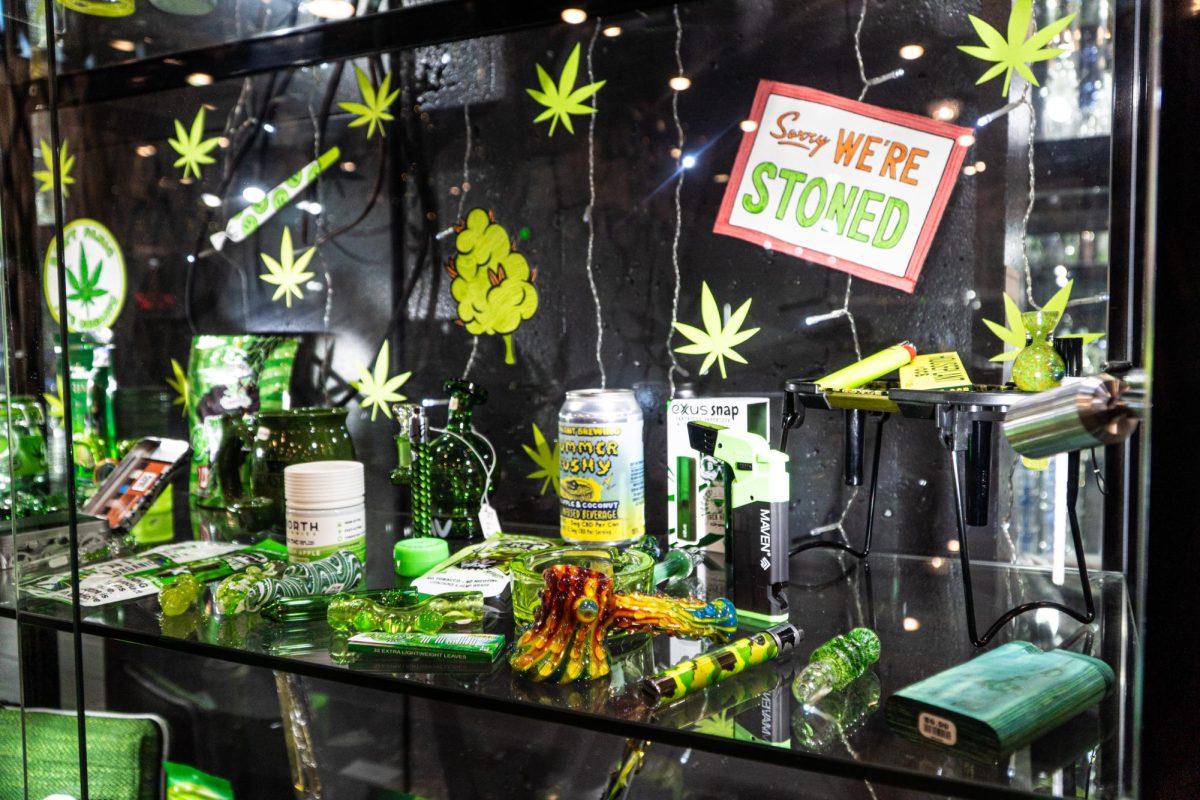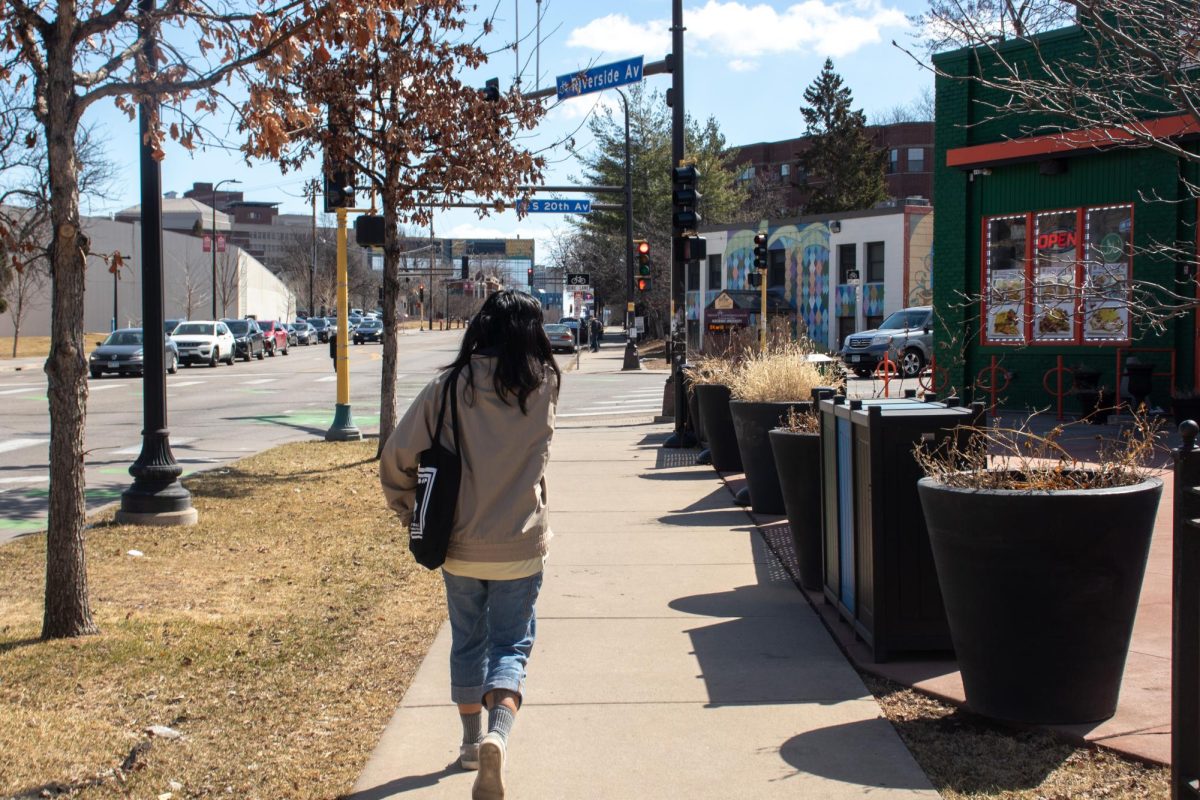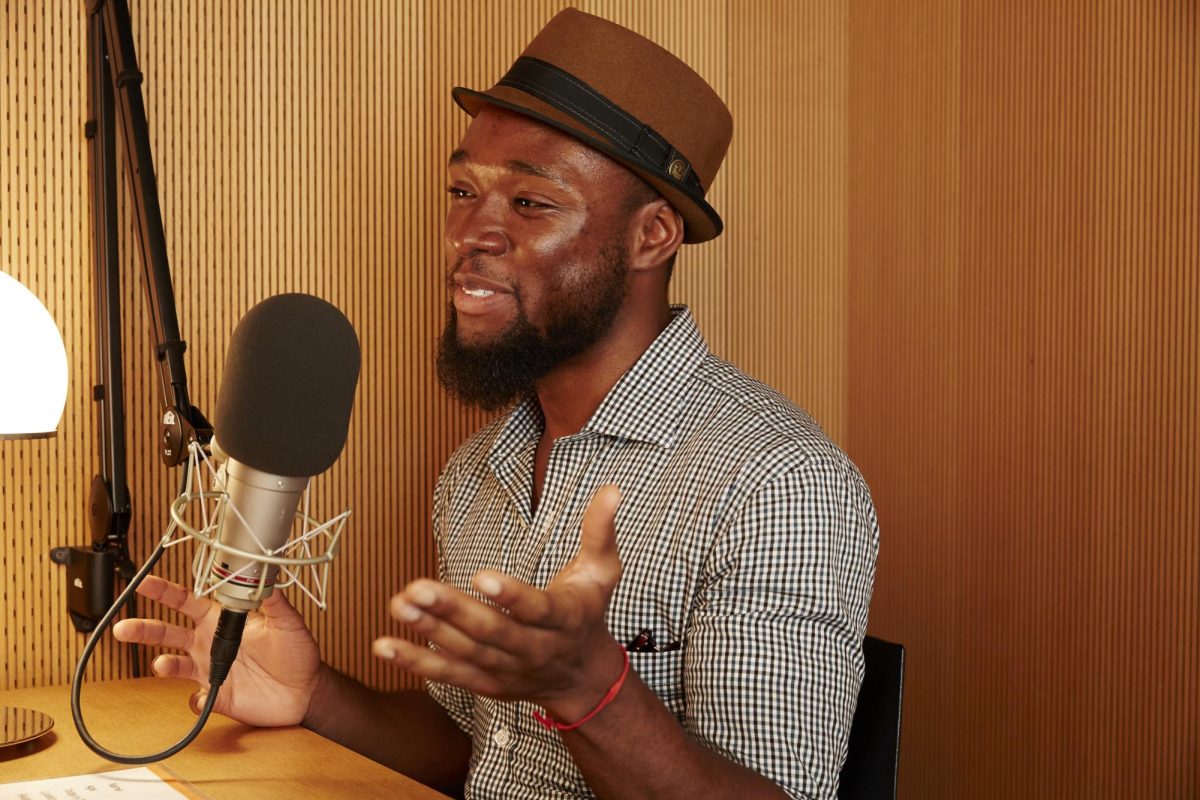University of Minnesota students are advocating for more lighting in the Dinkytown area in an effort to increase a sense of safety for pedestrians.
The Minnesota Student Association has an ongoing initiative to add lighting to neighborhood streets that are mostly in the dark — an effort that aims to help people feel safer and deter offenders from committing a crime. MSA is petitioning to add lighting to Fifth Street Southeast near Dinkytown, an area where a student was assaulted and robbed last month. MSA is currently gathering support from local landowners, who will ultimately decide whether to add more lights.
“Right now, we are kind of focused on the main walking paths and the … foot-traffic streets in the Dinkytown area,” said Grant Simons, an MSA committee coordinator and leader of the project.
Simons said MSA’s advocacy efforts were not in response to the assault and robbery last month.
Some of the other streets MSA plans to add lighting to are Eighth Street Southeast and Sixth Street Southeast. Its goal is to add pedestrian lighting to every street in the greater-Dinkytown area, Simons said.
Ward 3 City Council member Steve Fletcher said he is “very supportive” of increasing lighting on Dinkytown’s residential streets. However, he cautioned for people to not overreact to one crime occurring in the area.
“It’s a very safe neighborhood,” Fletcher said.
But, a few members of Delta Gamma, whose house is located on Fifth Street Southeast and across the street from where the assault took place, said they do not feel safe.
University sophomore and Delta Gamma member Ellie Leonard said she does not feel safe, even when she’s walking on the street with a group of people.
MSA needs 60 percent of land and property owners in the area to sign their petition in favor of adding pedestrian lighting, Simons said. However, because the city of Minneapolis charges the owners a fee for lights, some are hesitant to sign the petition, he said.
According to Minneapolis’ street lighting policy, the fee charged to homeowners is based on the land’s condition and the cost of the lighting, among other details.
The fee, set by Minneapolis Public Works, is “paid as a property tax assessment over a period of up to 20 years,” according to City policy.
Because Fifth Street Southeast houses are mostly sororities, fraternities and churches, Simons said he thinks they will be more willing to sign the petition.
Lighting often increases a person’s sense of security because offenders do not want to be seen when committing the crime, Fletcher said. Robbers often commit a crime in the dark because they think they will not get caught, he added.
MSA will continue to advocate for lighting throughout the school year in hopes that pedestrians, especially students, will feel safe on campus.
“I’m grateful to students for this kind of advocacy,” Fletcher said. “Their advocacy is being heard.”
Correction: A previous version of this article misstated the number of crimes in the area.







